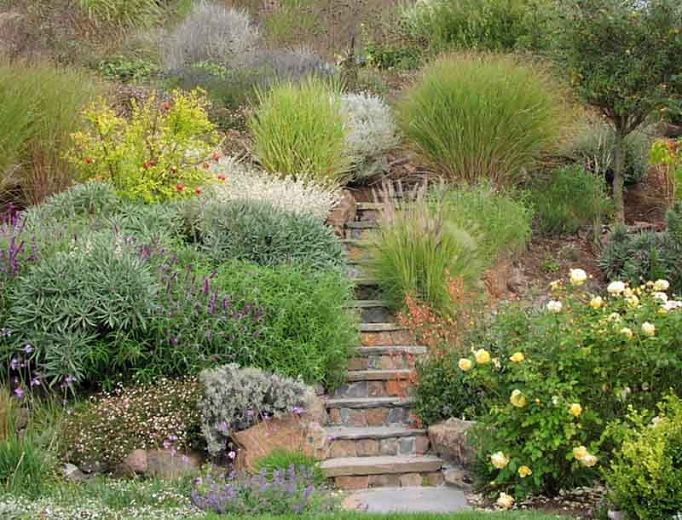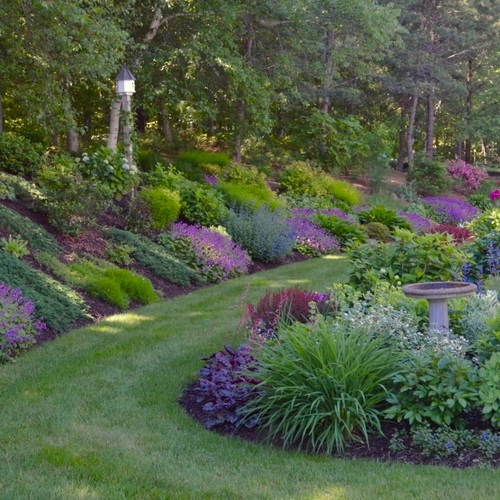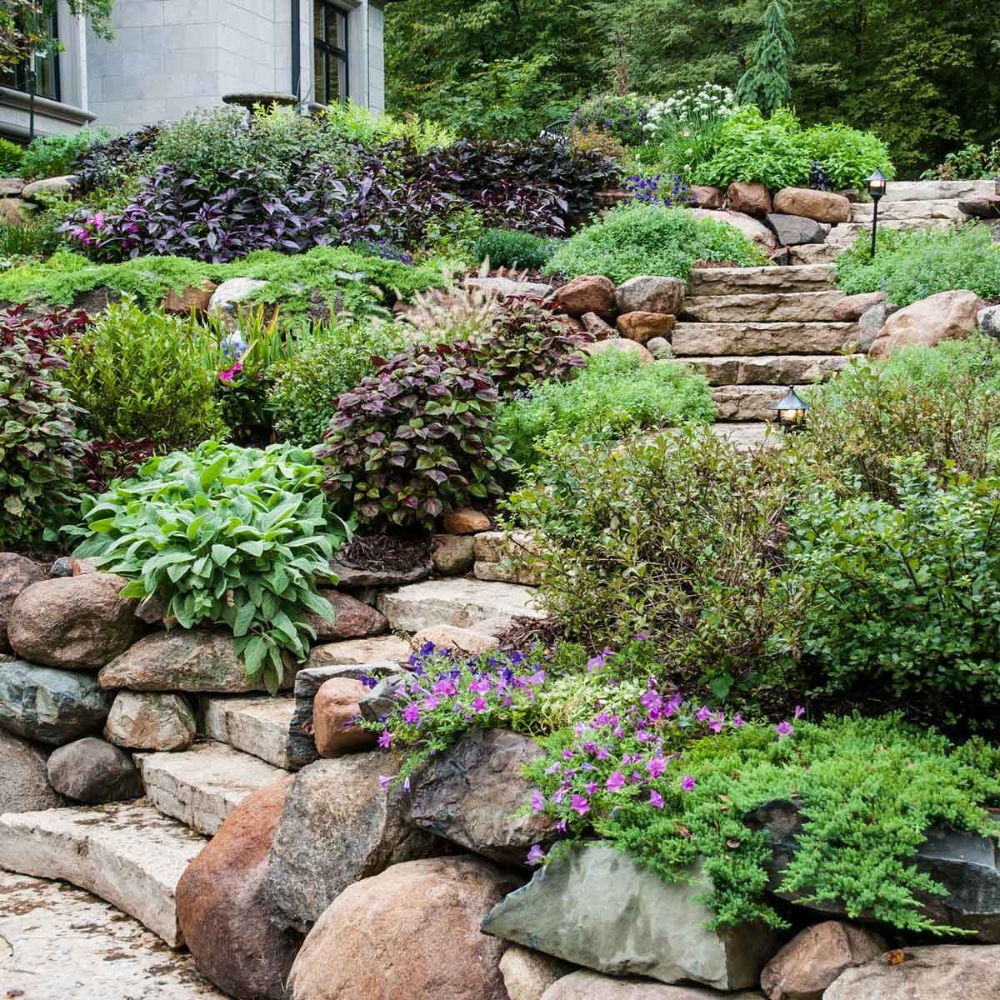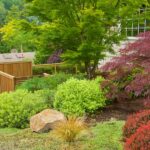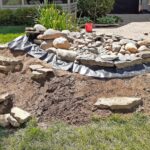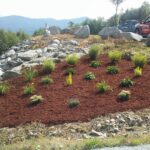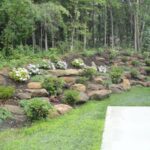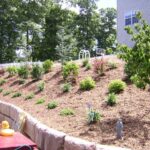Landscaping a hillside can be both challenging and rewarding. With its steep incline and potential erosion issues, designing and maintaining a hillside requires careful planning and consideration. However, with the right techniques and materials, you can transform your hillside into a stunning and functional outdoor space.
One of the first steps in landscaping a hillside is to assess the slope and soil conditions. Steeper slopes may require terracing or retaining walls to prevent erosion and create usable levels for planting. It’s also important to consider the type of soil on your hillside, as well-draining soil will help prevent water runoff and support healthy plant growth.
When selecting plants for your hillside, it’s important to choose species that are well-suited to the slope’s conditions. Plants with deep root systems, like grasses and shrubs, can help prevent erosion and stabilize the soil. Groundcovers such as creeping jenny or vinca are also good choices for covering large areas and adding color and texture to the slope.
Incorporating hardscaping elements, such as paths, stairways, and patios, can help make your hillside more accessible and functional. Using materials like stone, brick, or wood can add visual interest and tie the landscaping design together. Pathways can also help prevent erosion by providing a designated route for foot traffic.
Proper maintenance is key to keeping your hillside landscaping looking its best. Regularly watering and fertilizing your plants, as well as pruning and weeding as needed, will help keep your hillside healthy and vibrant. Installing a drip irrigation system can also help ensure that your plants receive the water they need without wasting resources.
By taking the time to carefully plan and implement your hillside landscaping project, you can create a beautiful and functional outdoor space that enhances the natural beauty of your property. With the right plants, materials, and maintenance techniques, you can enjoy your hillside for years to come.
